The Huawei P50 Pro is a flagship smartphone that continues to push the boundaries of mobile technology, blending cutting-edge hardware with Huawei’s signature design philosophy. While the global smartphone market remains fiercely competitive, the P50 Pro stands out with its exceptional camera system, refined aesthetics, and powerful performance. However, it’s not without its compromises, particularly in the realm of software and connectivity due to ongoing restrictions. This review dives deep into what makes the P50 Pro a compelling choice—and where it falls short.
Design and Build Quality
At first glance, the Huawei P50 Pro exudes premium craftsmanship. The device features a sleek, minimalist design with a glass back and aluminum frame, available in striking color options like Golden Black and Cocoa Gold. The rear camera module, arranged in two circular housings, is both distinctive and functional, though it does protrude slightly. The phone feels solid in hand, with a weight of 195 grams and a thickness of 8.5 mm, striking a balance between heft and ergonomics. The IP68 rating ensures dust and water resistance, adding to its durability. The curved OLED display flows seamlessly into the frame, offering a near-borderless viewing experience.
Display
The P50 Pro boasts a 6.6-inch OLED display with a resolution of 1228 x 2700 pixels and a 120Hz refresh rate. Colors are vibrant, with support for 1 billion colors, ensuring rich contrast and deep blacks. The high refresh rate makes scrolling and animations buttery smooth, while the 300Hz touch sampling rate enhances responsiveness for gaming. Brightness peaks at around 800 nits, making it usable even under direct sunlight. The only minor gripe is the absence of LTPO technology, which could have improved power efficiency.
Performance and Software
Under the hood, the Huawei P50 Pro is powered by the Kirin 9000 chipset (or the Snapdragon 888 in some regions), paired with 8GB or 12GB of RAM. Day-to-day performance is flawless, with apps launching instantly and multitasking handled effortlessly. Gaming is also a strong suit, thanks to the Mali-G78 GPU (or Adreno 660 in Snapdragon variants). However, the lack of Google Mobile Services (GMS) remains a significant drawback for many users outside China. Huawei’s EMUI 12, based on HarmonyOS, is polished and feature-rich, but the absence of popular Google apps means reliance on Huawei’s AppGallery or sideloading alternatives, which isn’t ideal for everyone.
Camera System
The camera setup is where the P50 Pro truly shines. It features a quad-camera array co-engineered with Leica, including a 50MP main sensor (f/1.8), a 64MP periscope telephoto lens (3.5x optical zoom), a 13MP ultra-wide lens, and a 40MP monochrome sensor. The results are stunning—photos exhibit exceptional detail, dynamic range, and accurate colors, even in challenging lighting conditions. The telephoto lens delivers impressive zoom capabilities, with lossless quality up to 10x hybrid zoom. Low-light performance is outstanding, thanks to Huawei’s XD Fusion Pro engine. Video recording tops out at 4K at 60fps, with excellent stabilization.
Battery Life and Charging
A 4360mAh battery powers the P50 Pro, which may seem modest compared to some competitors, but Huawei’s optimization ensures all-day endurance for most users. With moderate usage, you can expect around 6-7 hours of screen-on time. The phone supports 66W wired fast charging, juicing up from 0 to 100% in just under 45 minutes, and 50W wireless charging, which is impressively fast. There’s no support for reverse wireless charging, a feature present in previous models.
Connectivity and Audio
The P50 Pro supports 5G (where available), Wi-Fi 6, Bluetooth 5.2, and NFC. However, due to U.S. sanctions, it lacks mmWave 5G and some global LTE bands, which may affect connectivity in certain regions. The stereo speakers deliver clear and balanced audio, though bass is somewhat lacking. There’s no 3.5mm headphone jack, but the USB-C port supports high-quality audio output.
Key Specifications:
Display: 6.6-inch OLED, 1228 x 2700 pixels, 120Hz refresh rate, 300Hz touch sampling
Chipset: Kirin 9000 / Snapdragon 888 (region-dependent)
RAM: 8GB / 12GB
Storage: 128GB / 256GB / 512GB (non-expandable)
Rear Cameras: 50MP main (f/1.8), 64MP periscope telephoto (3.5x zoom), 13MP ultra-wide (f/2.2), 40MP monochrome (f/1.6)
Front Camera: 13MP (f/2.4)
Battery: 4360mAh, 66W wired charging, 50W wireless charging
OS: EMUI 12 (HarmonyOS-based), no Google Mobile Services
Dimensions: 158.8 x 72.8 x 8.5 mm, 195g
Other: IP68 rating, stereo speakers, under-display fingerprint sensor
Final Verdict
The Huawei P50 Pro is a remarkable smartphone that excels in photography, display quality, and performance. Its design is both elegant and functional, and the battery life is solid despite the modest capacity. However, the lack of Google services and limited global connectivity options may deter some users. If you’re willing to navigate Huawei’s ecosystem or live in a region where these limitations are less impactful, the P50 Pro is a top-tier choice. For those deeply embedded in Google’s ecosystem, however, it’s a harder sell.
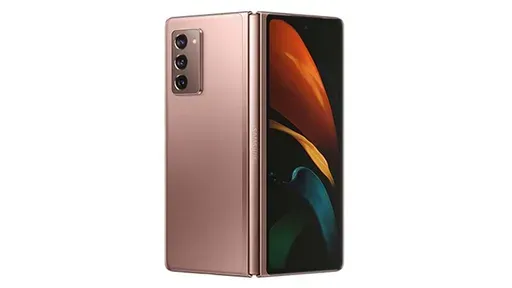
By /Jun 4, 2025

By /Jun 4, 2025
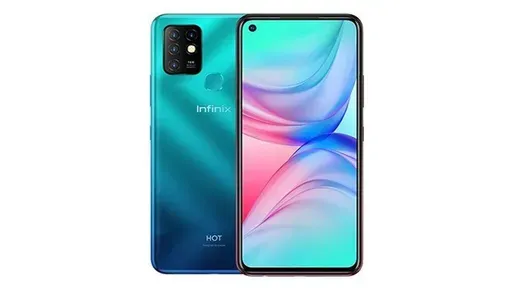
By /Jun 4, 2025

By /Jun 4, 2025
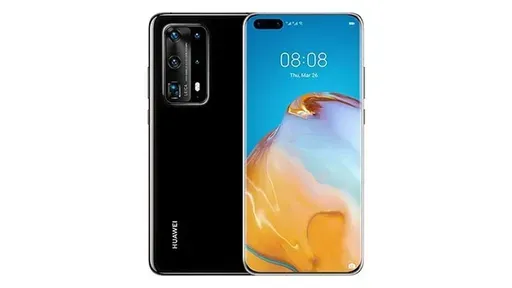
By /Jun 4, 2025
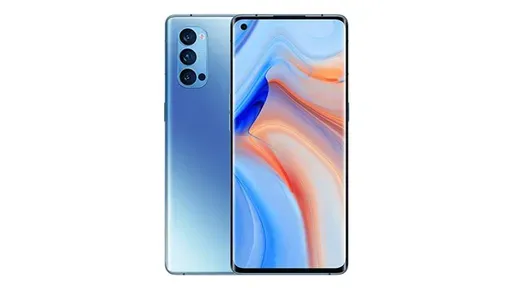
By /Jun 4, 2025
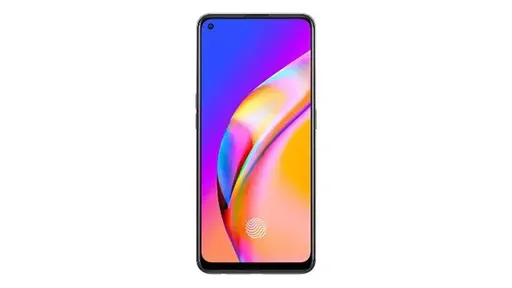
By /Jun 4, 2025
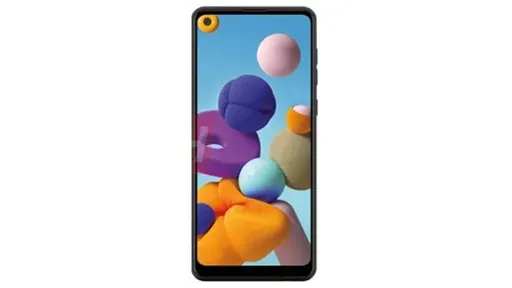
By /Jun 4, 2025

By /Jun 4, 2025
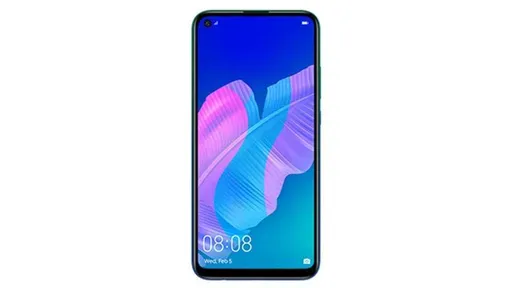
By /Jun 4, 2025

By /Jun 4, 2025
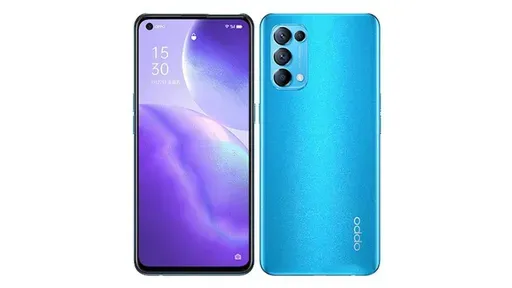
By /Jun 4, 2025
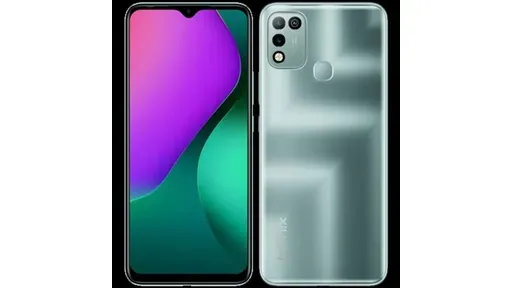
By /Jun 4, 2025
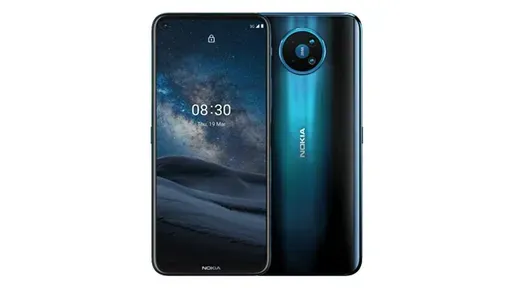
By /Jun 4, 2025

By /Jun 4, 2025
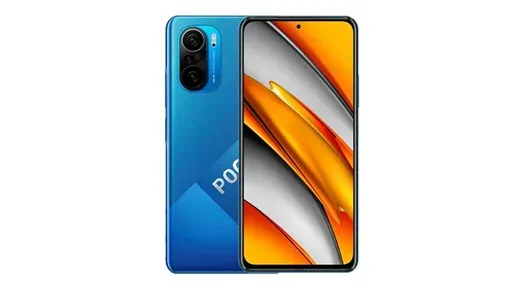
By /Jun 4, 2025

By /Jun 4, 2025
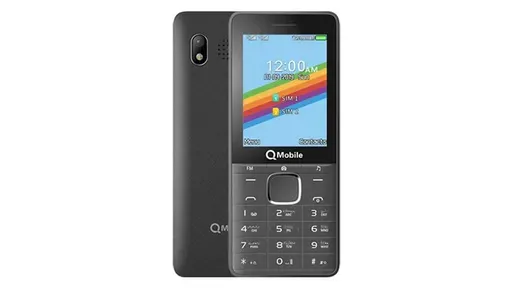
By /Jun 4, 2025

By /Jun 4, 2025
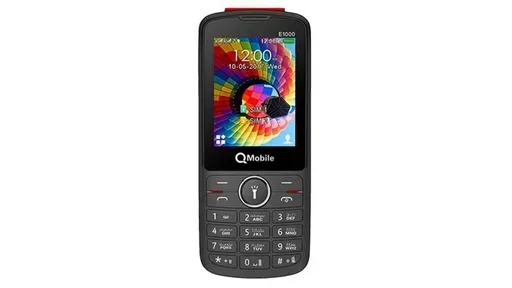
By /Jun 4, 2025
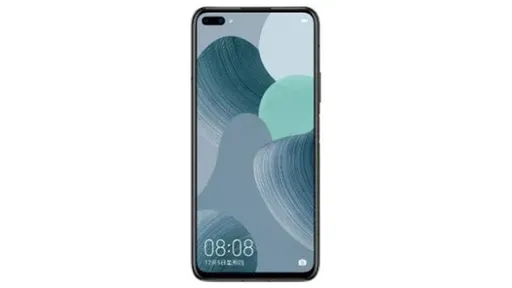
By /Jun 4, 2025

By /Jun 4, 2025

By /Jun 4, 2025
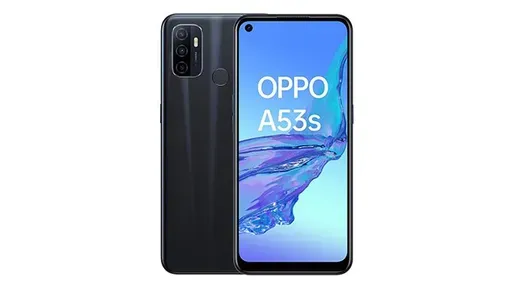
By /Jun 4, 2025
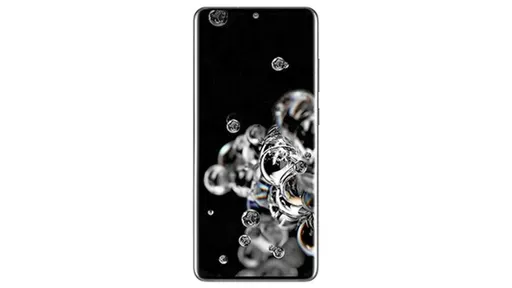
By /Jun 4, 2025
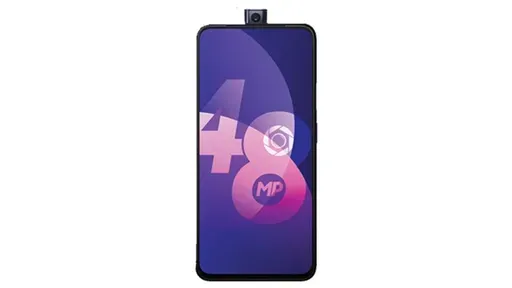
By /Jun 4, 2025

By /Jun 4, 2025
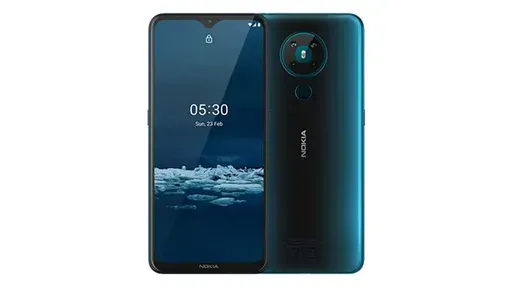
By /Jun 4, 2025

By /Jun 4, 2025
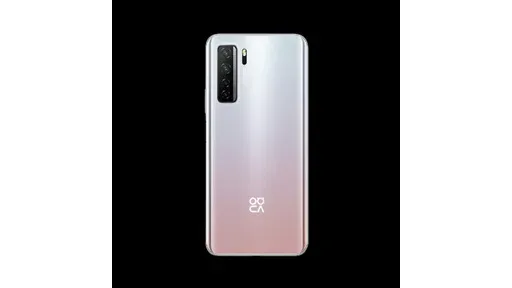
By /Jun 4, 2025
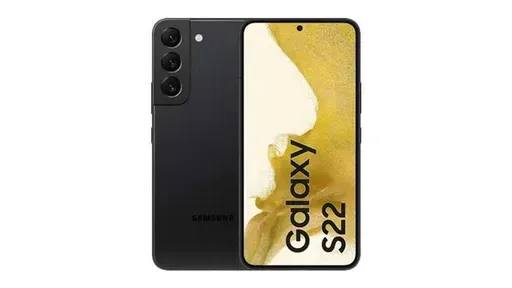
By /Jun 4, 2025

By /Jun 4, 2025
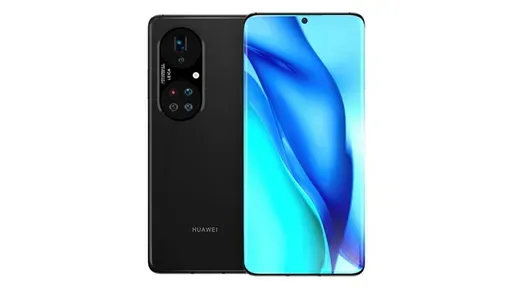
By /Jun 4, 2025
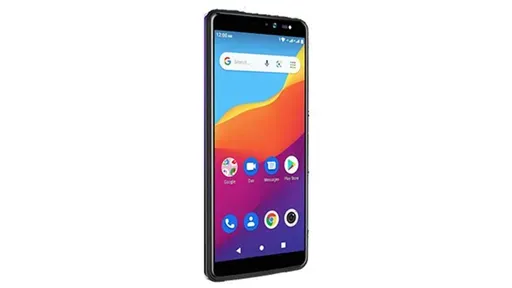
By /Jun 4, 2025
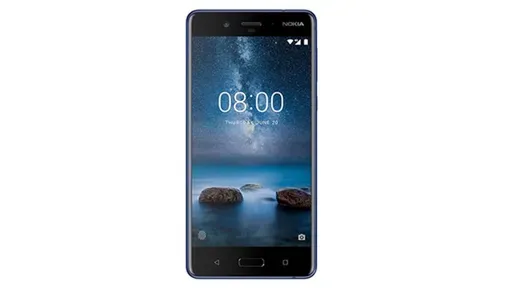
By /Jun 4, 2025